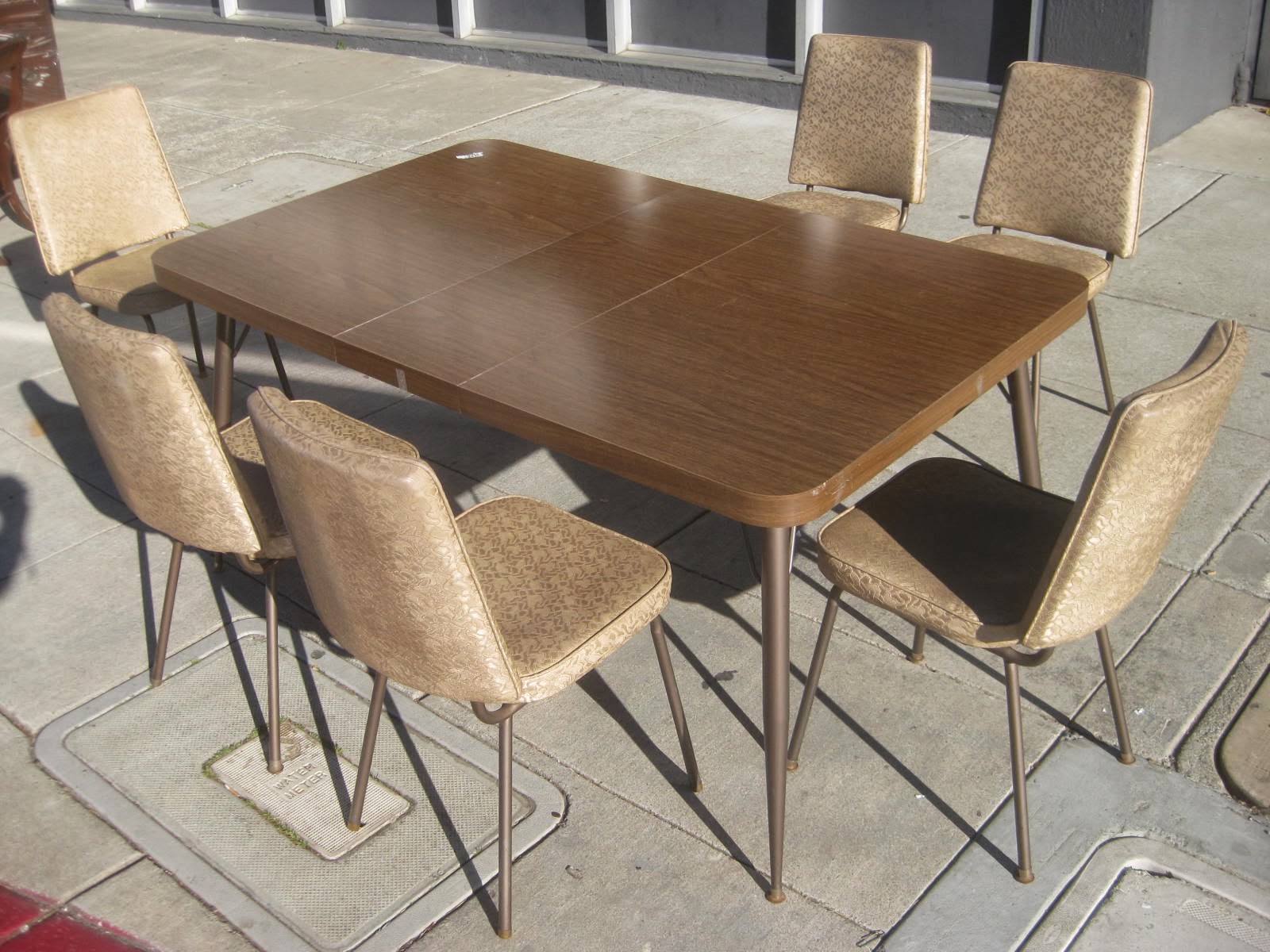

Recently, I spotted Rodale’s Home Design Series: Baths (1987) for sale in a Brooklyn boutique, alongside hand-glazed vases and essential oils. In recent years there’s been a rise in vintage furniture dealers like Home Union that have physical stores but also have a much larger customer base (and group of virtual window-shoppers) through Instagram.Ī post shared by Eighties Modern 📠 wider display of furnishings from the era has coincided with a bump in Instagram accounts composed of scans from coffee table books and design magazines from the period like The 80s Interior, 80smodern and Architectural Indigestion. But in the 1980s, true to the conspicuous consumption stereotype, Lavery says, “people weren’t buying to keep forever,” So while furnishings from the 1980s are increasingly popular among her customers, Lavery says that it’s more challenging to source designs from that period than any other. “In the 1950s and 60s, people were buying their furniture and keeping it for fifty years,” says Meghan Lavery, who co-founded vintage furniture store Home Union with her husband Daniel King in 2016. This is likely because unlike mid-century designs, the furnishings produced by the decades that followed aren’t typically associated with timelessness. Of course, a label like 70s or 80s design is equally expansive, but it isn’t tossed around nearly as liberally. Perhaps the defining feature of the kind of 1970s and 80s design that’s visible today is its direct opposition to mid-century modern, a term that’s become diluted by overuse. Lots of chrome and glass, less wallpaper and balloon curtains.

It’s fair to say that the kind of 1980s-ish design that’s popular now looks more like the Cameron Frye’s house than Ferris Bueller’s. The Long 1980s is a broad term, and the aspects of décor that have found their way into the homes and public spaces of today are the result of selective memory. and abroad, including Milo Baughman tables and club chairs, Moroccan rugs, and Marcel Breuer (designer of the Cesca chair) seats. To get the authentic, lived-in look Flynn and his team were looking for, they sourced a number of vintage pieces from the U.S. Ronnie Flynn, cofounder of Eldridge Hospitality who oversaw the design of Little Ways in Manhattan (and its sister restaurant, The Flower Shop), says that the Soho location drove the direction of the space, which is modeled on the artist and designer lofts that filled that area in the late 1970s and early ’80s. There are, of course, brands and individuals who like being associated with an era that prioritized fun in interior design. The increasingly wacky world of floral design (now an expected feature at hip stores, restaurants, and coworking spaces), with its sculptural anthuriums and oversized scale, owes a lot to the high-end interiors of the 1980s. On Instagram, Cesca chairs (designed in the 1930s but revived in the late ’70s) are as common a sight as bathroom selfies. Millennial pink is a close relative of mauve, a color used for everything from vases to dining tables in the Reagan era. Whether we like to admit it or not, mainstream culture has been borrowing from the Long 1980s for a few years now.


The 28 Best Sofas and Couches You Can Buyīut it’s inevitable that, despite the obscurity of one’s influences, there will be some overlap between what you like and what’s fashionable.


 0 kommentar(er)
0 kommentar(er)
